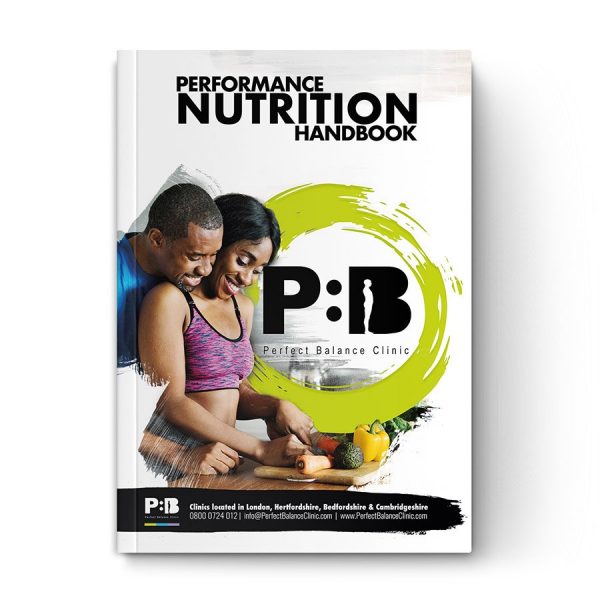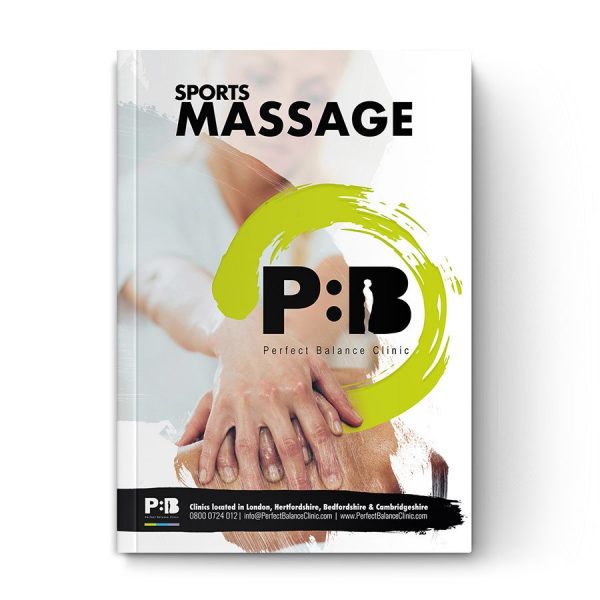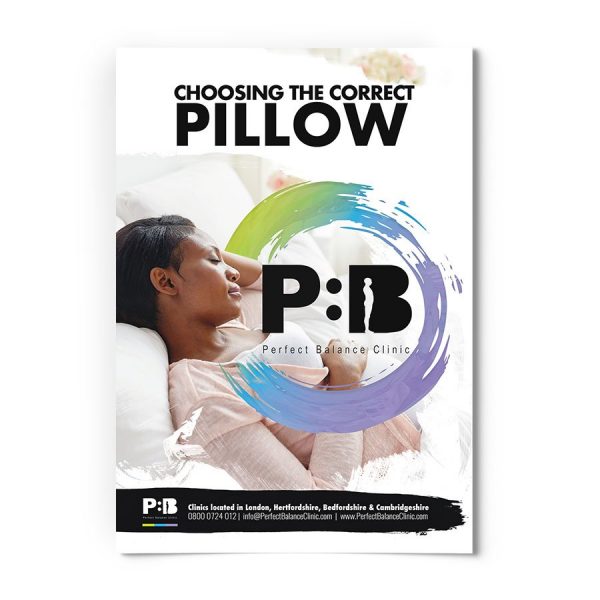Sometimes the advice we receive from the government and other organizations on alcohol can be confusing, and this is particularly the case with red wine. We all know that consuming too much alcohol of any sort is bad for our health, but there have been several studies that indicate drinking one or two units a day can be beneficial, particularly in terms of protecting against heart disease, and one of the most beneficial alcoholic drinks turns out to be red wine.
The advantage of red wine over other alcoholic drinks is that it has high levels of antioxidants in the form of polyphenols, which come from the dark coloured grape skins, and these can protect against a variety of health problems including cancer. One of the more effective of these is resveratrol, and the darker the wine, the more resveratrol it is likely to contain.
Red Wine Induced Headache
While drinking a moderate amount of red wine may be good for your health, it might not be so good for your head; many people find that drinking red wine can lead to a headache. For some, just a single glass is enough to trigger an attack that can develop in ten to fifteen minutes and may be accompanied by a hot flush and nausea. Other people can experience a severe migraine a couple of hours after drinking red wine. Interestingly, these symptoms occur just with red wine; they don’t happen with white wine or other alcoholic drinks.
To test whether this is a real syndrome or an imagined one, a group of migraine sufferers who attributed their migraine to drinking red wine were given either red wine or vodka, which contained an equivalent amount of alcohol. The flavours of both drinks were masked (Littlewood, et al., 1988). With red wine 9 out of 11 patients suffered a migraine while none of the 8 who were given vodka did, indicating that red wine really does contain a migraine-provoking agent other than alcohol.
The reasons why red wine causes headaches are not fully understood beyond an assumption that the presence of phenolic flavonoid radicals and the potential for interfering with the central serotonin metabolism is probably the underlying mechanisms of the relationship between wine and headache (Krymchantowski & da Cunha Jevoux , 2014). The usual suspects include:
- Histamine, which can provoke a migraine, is far more abundant in red wine than white wine
- Tyramine and phenylethylamine have been suggested as possible causes of a headache and migraine but the evidence regarding phenylethylamine is inconclusive; tyramine as a cause has now been eliminated (Krymchantowski & da Cunha Jevoux , 2014)
- Sulphites were once thought to be the cause, but this has now been ruled out, especially as white wine often contains a higher sulphite concentration than red wine, and even sulphite free organic red wine can trigger headaches
- Flavonoid Phenolic Compounds are thought to be the most likely cause. They include several hundred compounds known to affect the taste, color, and astringency of red wine.
- 5-Hydroxytryptamine is released from the platelets by red wine, though not by white wine or beer. It is thought that the release is triggered by red wine flavonoid, and that this is the primary mechanism responsible for both wine-induced headache and migraine.
The Effect of Wine Quality
Do you find that you are more or less likely to suffer a red wine headache if you drink more expensive fine fines? If so, then you may be interested in a recent study in which the properties of 60 Italian red wines from different price categories were tested to establish any correlation between the quality of the wine and the potential differences in health-promoting health-harmful properties (Preti, Vieri, & Vinci, 2016).
Higher priced wines had higher concentrations of trans-resveratrol and higher antioxidant properties along with more biogenic amines, in particular, putrescine. The lower-priced wines had a lower polyphenol content and a higher histamine content. So maybe it all depends on the specific causes of your particular allergy, but if histamine is the primary cause, switching to a higher quality wine might help.
Other Possible Causes of Your Headache
If you think that you might have a red wine allergy, the easiest way is to check it out is switch to white wine and see if that improves the situation, but of course, there are many other possible causes of recurring headaches. In fact, any food allergy can result in a headache, so just changing your diet can help considerably (Grant, 1979).
Cervicogenic Headaches
Not all headaches originate in the head; cervicogenic headaches originate from the neck. Such headaches, which are common, are secondary or referred headaches that are caused by a problem in the neck, though the pain is perceived in the head. Usually, these headaches are caused by damage to one or more of the top three vertebrae which may affect the joints, nerves, muscles, or ligaments. The reason this results in a headache is thought to be because the sensory nerve that supplies the top three vertebrae converges (joins) with the trigeminal nerve that supplies several parts of the head and is responsible for sensations in the scalp, the face, the forehead and the back of the eyes. Unable to differentiate where the pain is coming from, the brain interprets it as a headache.
The damage to the top three vertebrae may have many causes including physical trauma such as a whiplash injury, repetitive strain, or bad posture. Fortunately, at PB Clinic we can treat such headaches effectively. We can quickly determine if your recurring headache is of cervical origin and if so we can use a range of physical therapies to correct the problem with a high rate of success. Following such treatments, most of our patients report fewer headaches and many find the problem is completely resolved.
For more information about Red Wine Headaches
This article was written by our team of specialist therapists at Perfect Balance Clinic. If you would like more specific advice about how our team can help you with this condition or symptoms you may be having, please complete the contact form below and one of the team will get back to you shortly.
Here are some of our E-Books to help you
References
Grant, E. (1979). Food Allergies and Migraine. The Lancet, 966-969.
Krymchantowski , A. V., & da Cunha Jevoux , C. (2014). Wine and Headache. The Journal of Head and Face Pain, 967?975.
Littlewood, J., Glover, V., Davies, P., Gibb, C., Sandler, M., & Rose, C. (1988). RED WINE AS A CAUSE OF MIGRAINE. The Lancet , 558-559.
Preti, R., Vieri, S., & Vinci, G. (2016). Biogenic amine profiles and antioxidant properties of Italian red wines from different price categories. Journal of Food Composition and Analysis, 7-14.






